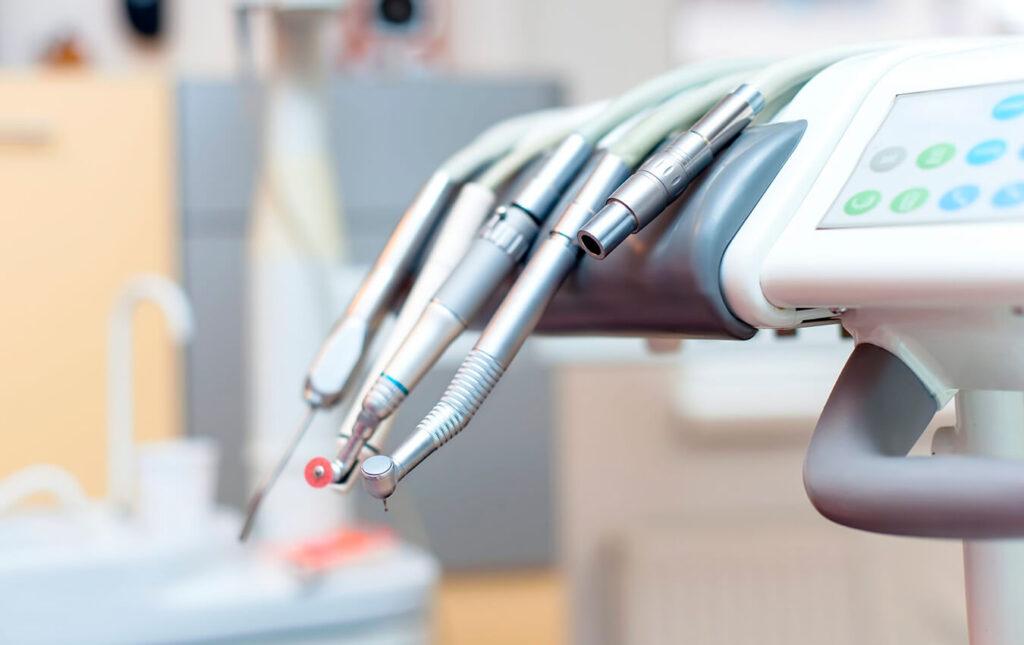
Treating Dental Problems With Lasers And Air Drills
The technological revolution that has moved medicine what seems to be light years in the last half-century has not missed the dental arena. The use of lasers in dental treatment has become more prevalent in the last ten years. In fact, lasers were first approved by the Food and Drug Administration (FDA) in 1994 for “soft tissue” treatment for conditions like gum disease, canker sores and mouth lesions. Then, in 1997, the FDA approved a slightly different type of laser, one that didn’t generate as much heat as the original dental lasers, for use on the hard tissues of the mouth like tooth enamel, dentin and bone.
All lasers emit an intense, narrow beam of light provided by a crystal or gas that serves as their light source, with electricity as the power source. Some gases are hotter than others, making them unsuitable for use on hard tissues. Several companies manufacture lasers for medical and dental usage using gases like Carbon Dioxide (CO2), argon, neon, and something most people aren’t familiar with called YAG.
Most of us are aware that lasers are used in tooth whitening, and they have been used in gum surgery for over ten years because they cause less bleeding and patients have reported less pain after surgery. A laser system that uses a gas called erbium, with “cooler” light sources, is used to remove tooth decay, prepare cavities for filling and other types of treatment.
As with any treatment, lasers have pros and cons. Here are a few of each:
Pros:
- Less pain means the need for less anesthesia and post-operative pain killers
- Less bleeding
- Reduced swelling of tissues treated with a laser
Cons:
- Lasers can’t handle everything and some treatment requires the use of standard dental equipment, like drills.
- Lasers don’t eliminate all pain, so most people still need some anesthesia for dental surgery.
Another technology that is becoming more widely used is a technique called “air abrasion” to treat tooth decay. It works just like it sounds: like a little sand blaster.
Tiny particles of silica, aluminum oxide or baking soda are sprayed on the teeth in a focused stream and wear off the tooth decay. This method has several advantages, including the fact it enables the dentist to remove less tooth surface than s/he would with a rotary drill, and people receiving this treatment have said it is much less painful. It also eliminates the awful drill sounds and the vibrations, which for many people is enough to make them fans of this method. The dentist also can frequently do more in one visit because of the relative speed and simplicity of the technique. However, nothing is perfect. This system can’t handle deep cavities, and amalgam or silver fillings can’t be put in after air abrasion, so composite filling material is used.
Of course, you should discuss your dental needs and planned treatment with your dentist. Your dentist will explain the equipment s/he will use and why.
This new technology will relieve many people of the anxiety they feel before going to the dentist because they can anticipate a less painful and stressful experience. Hey, that’s the advantage of the age of technology, right? Right!

